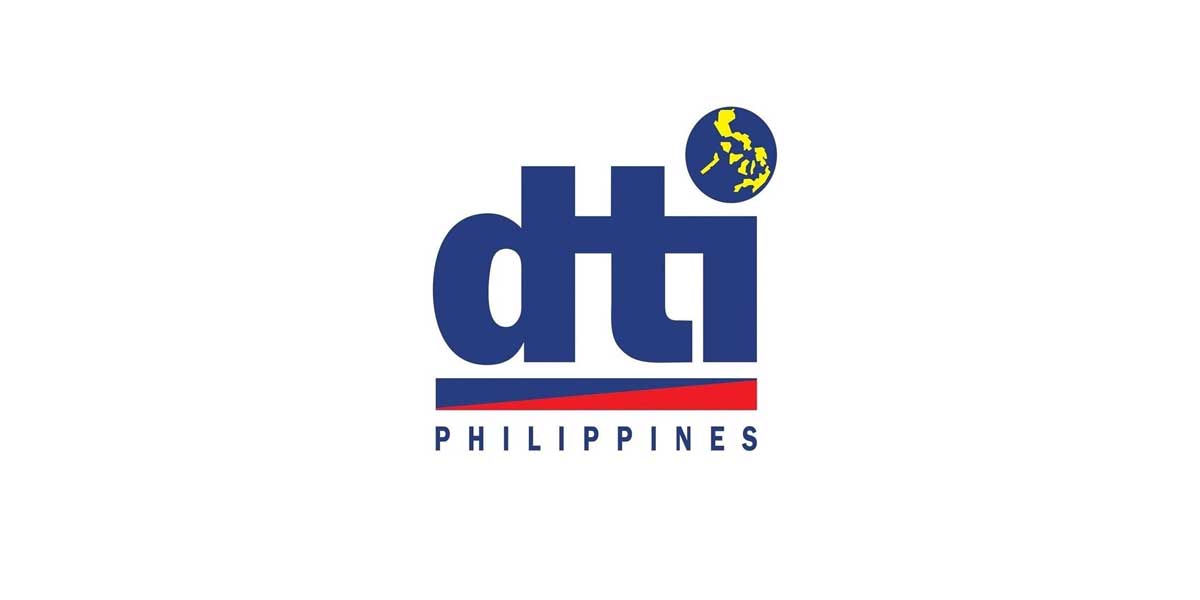By Joemar Matulac
SARS-Cov-2 commonly known as the COVID-19 was first recognized in Wuhan China and as of April 2, 2020, there are 827,419 confirmed cases, 40,777 confirmed deaths, and 206 countries and areas or territories affected according to the World Health Organization (WHO). Until today there is no available vaccine to treat this virus.
The coronavirus outbreak, labeled a pandemic by the World Health Organization (WHO) last month, has led to city lockdowns, school closures, shutting of borders and cancellation of sporting and cultural events.
As the world reacts to the COVID-19 pandemic, businesses and governments are becoming increasingly reliant on technology to support citizens and workers forced to self-isolate or quarantine to mitigate the spread of the virus. Remote working and collaboration tools have become essential systems, with new demands placed on networks and datacentre infrastructure. As corporate networks extend beyond the firewall, security remains an ever-present concern, especially as malicious actors look to exploit fears over the pandemic.
Technology has a big role in this crisis.
Robots are also on their way to help for disinfecting hospital rooms and public places. They are used for the delivery of food and medicine within the hospitals.
Drones, yes that little object you see flying around. They are used for monitoring road traffic, crowded areas and peakers were mounted to drones to disperse public announcements and monitor citizens who failed to adhere to quarantine measures.
Some countries such as Singapore and Vietnam are using contact tracing applications like TraceTogether to slow down this pandemic – I hope that we start adopting this kind of technology soon.
Other than we – humans, businesses are also badly hit by this pandemic. Only the food, medical, utilities, telcos, financial institutions, and logistics were among the industries that are allowed to operate or open their stores. But it doesn’t stop those companies who invested in technology before this happened.
No, not only tech companies but those who already have technology in place to run their businesses. These companies will still be able to remotely track the progress of their employees’ deliverables, can still hold meetings online, and effectively communicate and deliver to their customers.
Now, who lead the digital transformation and innovation of your company (a) CEO (b) CTO (c) COVID-19? You decide.
Joemar Matulac is an experienced IT technical consultant and system developer with 10+ years of experience in managing technical teams and developing/designing/architecting web 2.0 and mobile-enterprise solutions in various platforms for a broad range of industries. He is currently working as Business Development Officer at Satellite GPS Asset Management and Tracking System, Inc. bridging the gap between business needs and technology.
















